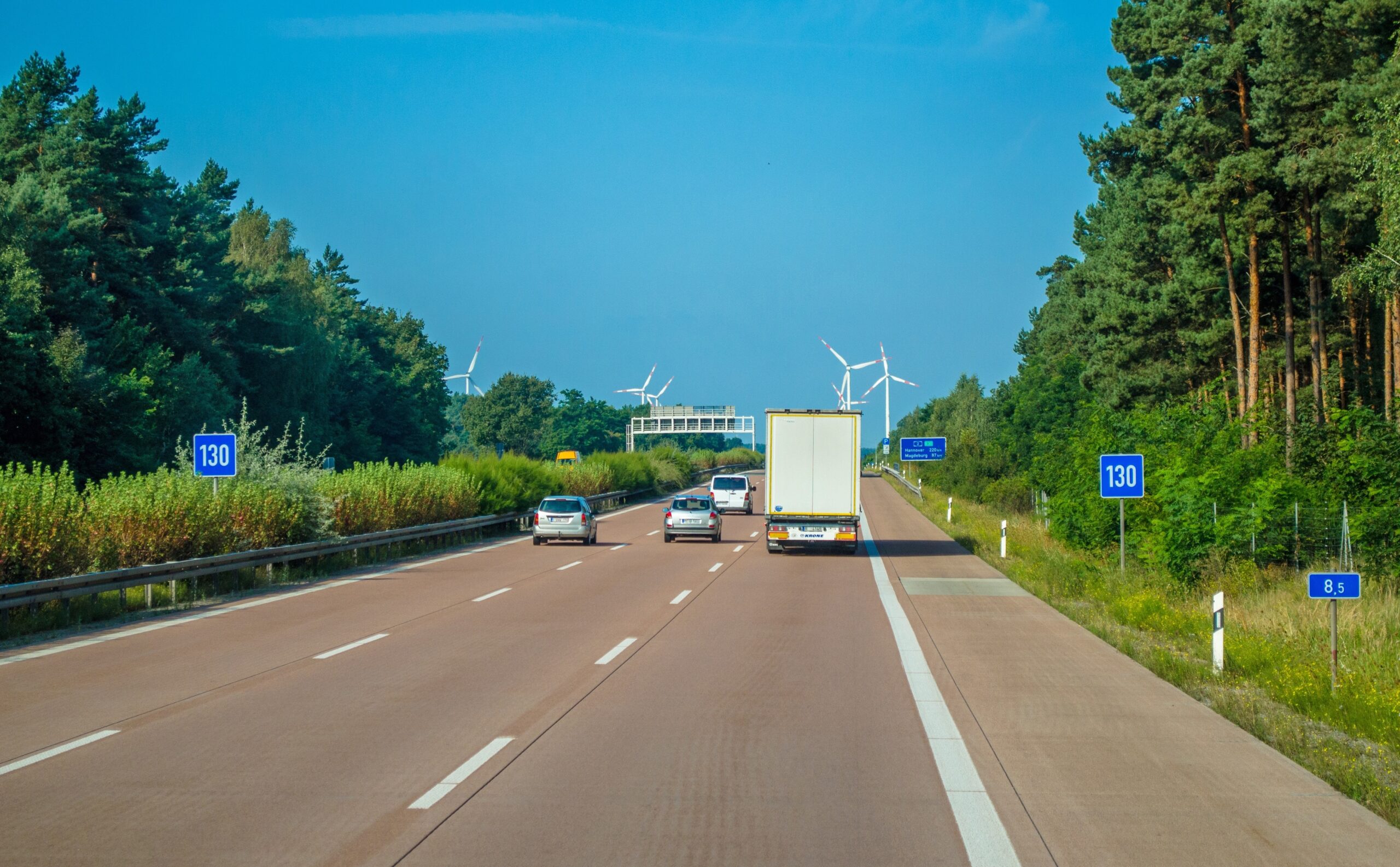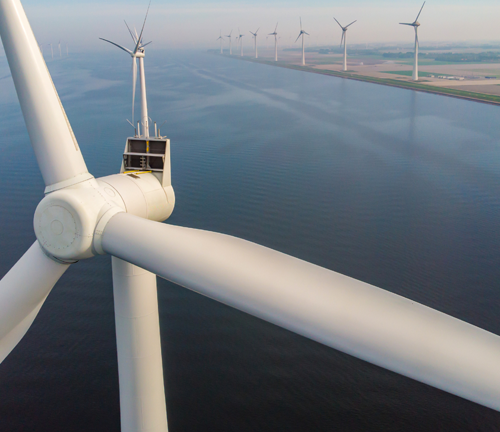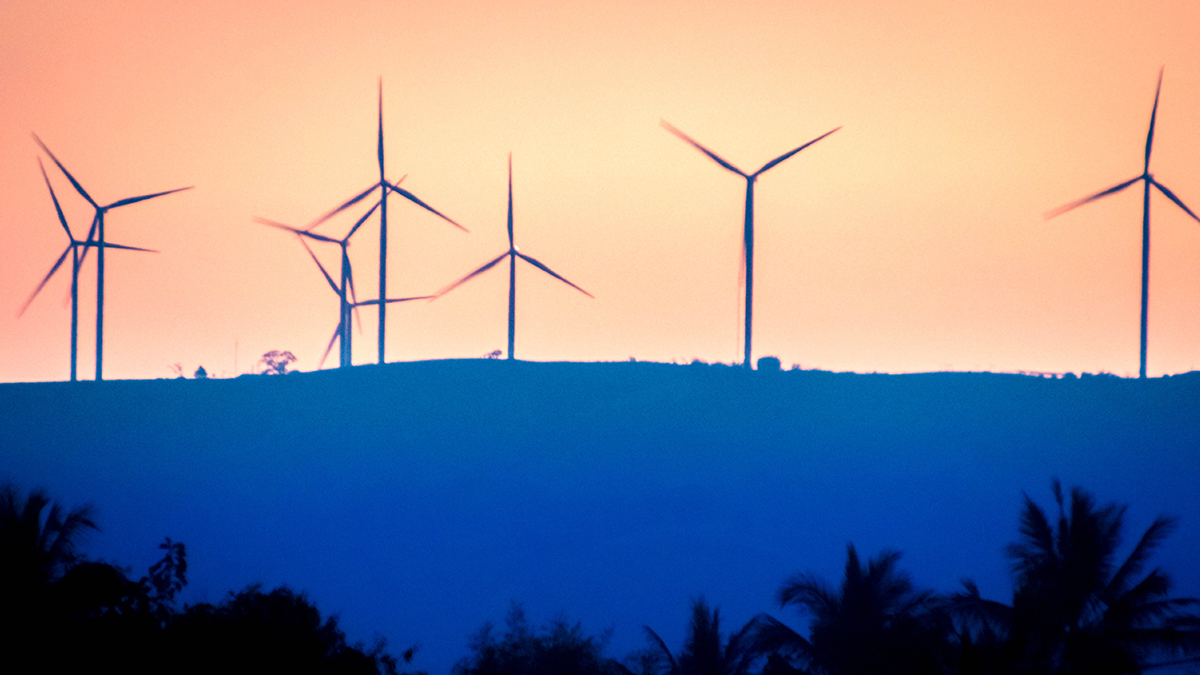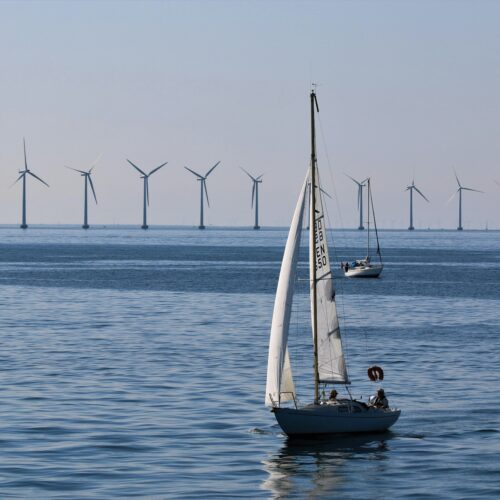According to the International Renewable Energy Agency, Wind power could cover more than one-third of global power needs (35%), becoming the world’s foremost generation source. To fulfill this aim, the world’s installed wind power capacity must reach 6000 gigawatts – over ten times the current level – by 2050. See below a wind map of the continental United States. There is certainly no shortage of wind, and the future of clean wind-powered energy is very bright.
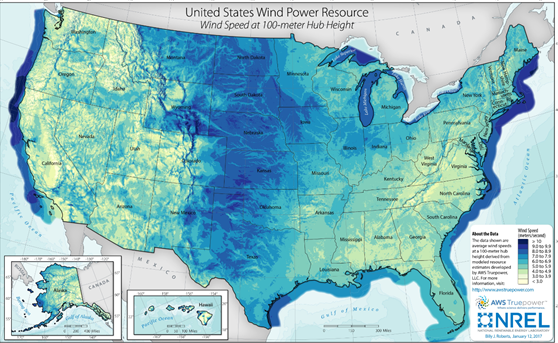
The pink area along the southern Gulf Coast is a vulnerable area that is subject to high hurricane-force winds at certain times of the year, along with excellent winds for the rest of the season to sustain wind power generation.

Strong winds also put the growing fleet of US wind turbines to the test. Wind power recently surpassed 82,000 megawatts of total installed capacity, making it the country’s top source of renewable energy generation capacity.
Most of you would think that during hurricanes, more wind is directly proportional to energy, right? But the fact is it only works that way up to a certain point. Therefore, wind turbines need to protect themselves just as any other communities do during tropical storms and hurricanes.
For example, a wind farm with a low output time (blue in Figure 3) has minimal effect on the wind. On the other hand, when the wind is strong (shown in red), the output is relatively high because, behind each wind generator, there is a long trail of very slow-moving air deprived of its energy.



They must make a particular effort to design the wind farm so that the relatively slow air of one doesn’t rob another generator of its ability to generate maximum power. The impact can be enormous.
Improper installation can result in one turbine being completely stalled and generating no power at all. A change of even 1% output can amount to millions of dollars to a wind farm.
Scientists affirm that by appropriate placement of the wind turbines, there could be a substantial attenuation of the wind energy coming in and off the ocean and significant control over the amount of damage wrought by nature.
Weather Control
It would require placement offshore and transmission of the power over longer distances than usual, but certainly, nothing that wouldn’t be offset by both the increased generation capacity and the damage mitigation of ocean storms. Moreover, given a sufficiently large field of turbines, a hurricane might not even form but be reduced to the mere inconvenience of a severe storm.
Wildlife and Power
We have to be aware of migratory paths for birds, but these devices offer far less threat to animals than windows in our buildings. Scientists are now experimenting with paint that is easily visible to bats to protect them as well.
Environment
Suppose we could slowly get away from other forms of energy generation. In that case, we could, for example, easily preserve fourteen million liters of water per year just in the United States alone that is used for maintenance of steam turbines, cooling, and so on. Imagine how much we could save in the entire world. And all the while, we would be using more and more renewable energy, reducing our dependence on oil which is far more helpful in chemical processes to enhance our lives in other ways. And with the new graphene batteries that are being developed could charge amazingly quickly, our electric cars could recharge in about ten minutes instead of several hours. So, it would not be that much different than the time consumed filling our cars with gasoline.
Conclusion
The world is ready to change. People are pretty accepting of this new technology. But, we have to study the impact of these installations and think about not only how they’re going to benefit us but their impact on where we decide to place them. This is the wave of the future, and we are ready to embrace it!

